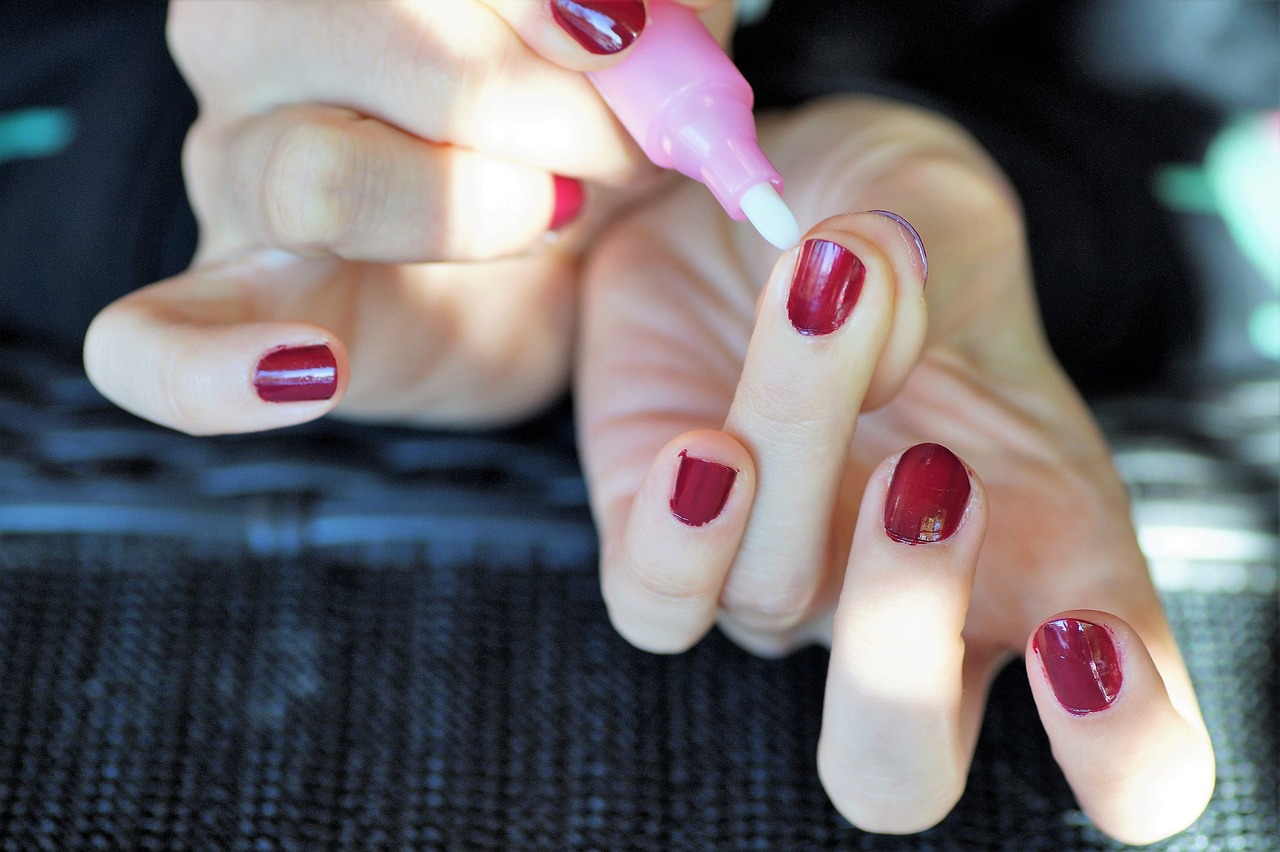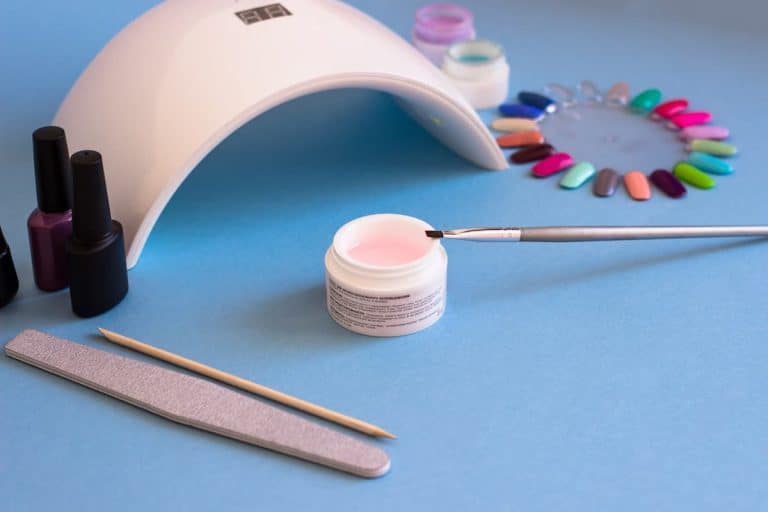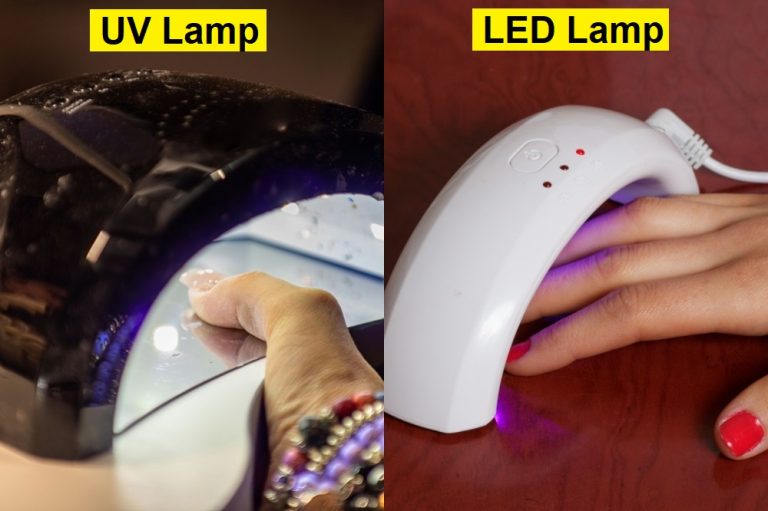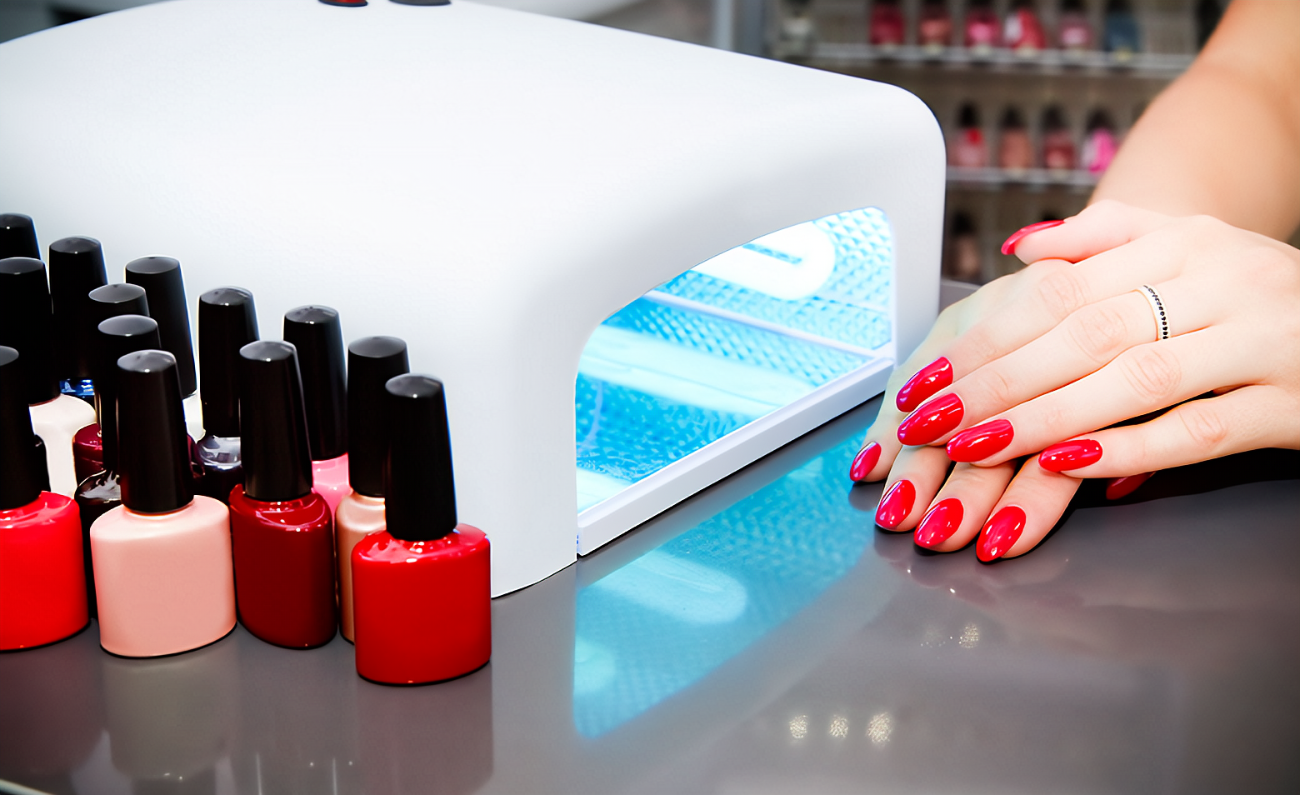In the quest for stunning, long-lasting nails, gel manicures have emerged as a popular choice among beauty enthusiasts. However, a pressing concern lingers in the minds of many: “Does gel manicure cause cancer?” At IKS Beauty, we understand your concerns and are committed to shedding light on this critical issue. In this comprehensive guide, we will delve into the world of gel manicures, examining their components, the scientific research surrounding cancer risks, and most importantly, how you can enjoy the beauty of gel nails while safeguarding your health. Let’s embark on this journey to uncover the truth and make informed choices.
What Is Gel Manicure?
Gel manicures have revolutionized the world of nail aesthetics. This section delves into the fundamental principles and processes that underlie the popularity of gel manicures.
Gel Manicure Fundamentals:
- Application Process: Gel manicures involve the application of several layers of gel polish, each cured under UV or LED light. This curing process ensures durability.
- Durability: Gel nails are known for their longevity. They can remain chip-free for weeks, making them a preferred choice for those seeking lasting beauty.
- Versatility: Gel nails offer an array of color options, designs, and finishes, allowing individuals to express their style creatively.
- Natural Look: Unlike acrylic nails, gel manicures offer a more natural appearance, with a thinner and flexible texture that mimics the feel of real nails.
Why Gel Manicures Are Popular:
- Minimal Drying Time: Gel nails dry quickly under UV or LED lamps, allowing clients to leave the salon without the fear of smudging.
- Strength and Flexibility: Gel polish enhances the strength and flexibility of natural nails, reducing the risk of breakage.
- No Harmful Odors: Gel manicures are virtually odorless, ensuring a more pleasant salon experience compared to traditional acrylic nails.
As we explore the world of gel manicures, it’s essential to address any concerns regarding their safety, especially in relation to the question of whether they may pose a cancer risk.
What Are the Ingredients in Gel Manicures?
To understand the potential link between gel manicures and cancer risk, it’s crucial to examine the common chemical components found in gel nail products and explore any potential connections to cancer.
Common Chemical Ingredients:
- Gel Polish: Gel nail polish typically consists of oligomers, monomers, and photoinitiators. These ingredients work together to create the durable, glossy finish associated with gel nails.
- UV or LED Light-Cured: The curing process relies on UV or LED lamps to harden the gel. Photoinitiators in the polish absorb the light and initiate the curing reaction.
- Adhesive Bonding: Some gel manicures may include adhesives or primers to help the gel adhere to the natural nail.
- Top Coats: Gel top coats contain ingredients like acrylate copolymers to seal and protect the color layers.
Exploring Potential Links to Cancer:
- Ongoing scientific research aims to determine if any of these gel manicure ingredients, when exposed to UV or LED light during the curing process, might have carcinogenic properties.
- Photoinitiators, in particular, have raised concerns due to their ability to absorb UV or LED radiation.
It’s important to note that the potential risk of cancer associated with gel manicures is still under investigation, and regulatory agencies continue to assess the safety of these products. In the following sections, we will delve deeper into the scientific research on this topic to provide a more comprehensive understanding of the issue.
Scientific Research and Cancer Risk
In this section, we will take a closer look at the scientific research conducted to assess the potential relationship between gel manicures and cancer risk. It’s essential to evaluate existing studies and emphasize the credibility of their findings.
Reviewing Scientific Studies:
- Numerous studies have aimed to investigate the safety of gel manicures, particularly in relation to cancer risk.
- Researchers have examined the exposure to UV or LED light during the curing process and its possible effects on nail technicians and clients.
Key Research Findings:
- Mixed Results: Scientific research on the topic has yielded mixed results, with some studies suggesting a potential association between frequent UV or LED exposure and an increased risk of skin cancer.
- Limitations: It’s important to acknowledge that many studies have limitations, such as small sample sizes and variations in study design.
- Occupational Risk: Nail technicians who regularly perform gel manicures may be at a slightly higher risk due to consistent exposure to curing lamps.
Credibility of Research:
- The credibility of scientific research findings is contingent on factors like study design, sample size, and peer review.
- Well-designed, large-scale studies with rigorous methodologies carry more weight in assessing the potential risks associated with gel manicures.
- Regulatory agencies, such as the FDA, continue to monitor and evaluate the safety of nail products based on scientific evidence.
While the existing research offers insights into the subject, it’s essential to approach the findings with caution and consider additional factors, such as proper salon practices and UV protection measures, which will be discussed later in this article.
How to Mitigate Potential Risks of Gel Manicures
While concerns about gel manicures and cancer risk persist, there are practical steps you can take to enjoy gel nails while minimizing any potential hazards. This section provides valuable advice on reducing the potential cancer risk associated with gel manicures, including selecting safe nail salons and products.
1. Choose Reputable Nail Salons:
- Opt for nail salons with a good reputation for hygiene and safety.
- Ensure technicians are trained and follow proper sanitation procedures.
2. Inquire About Product Safety:
- Ask nail technicians about the gel products they use. Look for brands that prioritize safety and transparency.
- Seek gel polishes that are free from harmful chemicals, like formaldehyde and toluene.
3. Limit Exposure to UV/LED Light:
- Consider using broad-spectrum sunscreen or UV-blocking gloves during the curing process to shield your hands from potentially harmful radiation.
- Minimize the duration of UV/LED light exposure by choosing LED-cured gel manicures, which typically require less curing time.
4. Maintain Healthy Nails:
- Prioritize the health of your natural nails by giving them breaks between gel manicures.
- Use cuticle oil and nail strengtheners to nourish and protect your nails.
5. Stay Informed:
- Keep abreast of scientific research and safety guidelines related to gel manicures and UV/LED exposure.
- Follow updates from regulatory agencies like the FDA for the latest safety recommendations.
By following these practical recommendations, you can enjoy the beauty and longevity of gel manicures while minimizing potential health risks. Additionally, manufacturers like IKS Beauty are dedicated to providing safer products and equipment for nail technicians and clients, contributing to a safer and more enjoyable nail salon experience.
IKS Beauty’s Commitment and Solutions
In this section, we will introduce IKS Beauty as a nail equipment manufacturer and highlight their commitment to ensuring the safety of nail professionals and clients. We will also delve into the solutions they offer to enhance safety in the nail industry, safeguarding the health of users.
IKS Beauty’s Commitment:
- Quality Assurance: IKS Beauty is dedicated to manufacturing high-quality nail equipment that meets industry standards.
- Safety Priority: Ensuring the safety of nail technicians and clients is IKS Beauty’s top priority.
- Innovation: The company continually invests in research and development to create innovative, safe, and efficient nail equipment.
Providing Safer Solutions:
- State-of-the-Art Equipment: IKS Beauty offers a range of nail equipment, including UV and LED lamps, designed with safety features such as optimal UV/LED emission levels to reduce potential risks during gel curing.
- Educational Support: IKS Beauty provides educational resources and training materials to nail professionals, promoting safe and proper usage of their equipment.
- Consultation: Nail technicians and salon owners can reach out to IKS Beauty for guidance on safety best practices and equipment recommendations.
Collaboration with Regulatory Bodies:
- IKS Beauty actively collaborates with regulatory agencies to ensure their products adhere to safety standards and guidelines.
- The company stays updated on emerging research and regulations related to nail equipment and incorporates necessary safety enhancements into their products.
By prioritizing safety and innovation, IKS Beauty aims to offer nail professionals and clients peace of mind when using their products. Their commitment to providing safer solutions contributes to a more secure and healthy nail salon experience.




